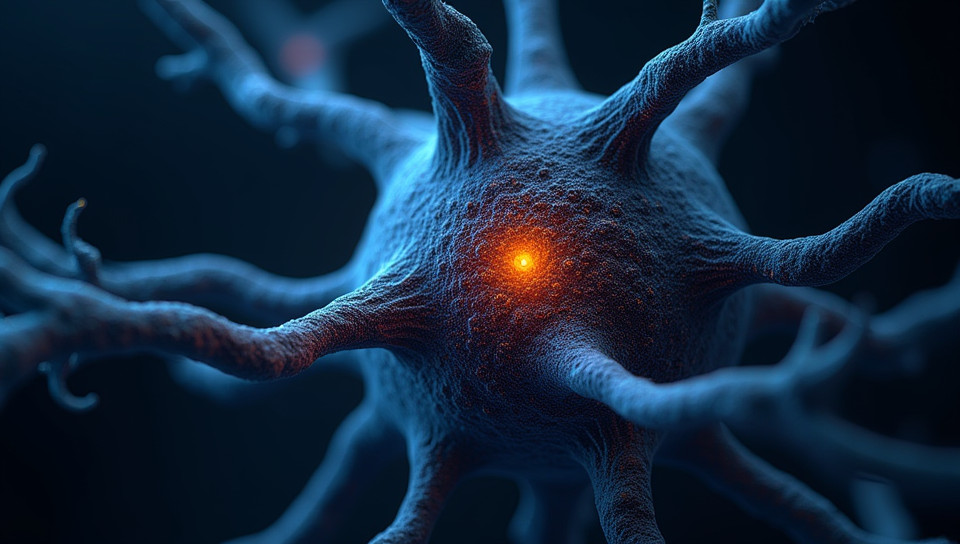Variations in neuronal structure are linked to function variability 56%

Variations in Neuronal Structure: A Key to Unlocking Brain Function
The human brain is a complex and intricate organ, comprising billions of neurons that work together in harmony to facilitate thought, movement, and emotion. But have you ever stopped to consider what makes each neuron unique? For decades, researchers have been studying the structure and function of individual neurons, and recent discoveries suggest that variations in neuronal structure are linked to variability in brain function.
Understanding Neuronal Structure
To comprehend how variations in neuronal structure impact brain function, it's essential to first understand the basics of neural anatomy. Neurons, also known as nerve cells, are specialized cells that transmit information through electrical and chemical signals. Each neuron consists of three main parts: dendrites (which receive signals), the cell body (where the signal is processed), and axons (which transmit signals to other neurons).
The Importance of Neurodiversity
While a traditional view of neurons might depict them as uniform and identical, recent studies have revealed that individual neurons can exhibit remarkable diversity in terms of their structure. This phenomenon, known as neurodiversity, refers to the vast array of differences in neuronal morphology, including variations in shape, size, and organization.
- Some key examples of neuronal structural variations include:
- Dendritic spines: These small protrusions on dendrites receive synaptic inputs from other neurons.
- Axonal branching: The extent and complexity of axonal branches can influence signal transmission efficiency.
- Cell body morphology: Differences in cell body shape and size may impact protein synthesis and degradation.
Linking Structure to Function
Research has shown that these structural variations are not merely cosmetic; they have functional implications. For instance, studies on mouse models have demonstrated that neurons with different dendritic spine densities exhibit distinct behaviors and responses to stimuli. Similarly, variations in axonal branching have been linked to changes in neural circuitry and behavior.
Implications for Neuroscience and Beyond
The discovery of a link between neuronal structure and function variability has significant implications for our understanding of brain development, neurodegenerative diseases, and even mental health disorders. By studying the intricate relationships between neuronal morphology and brain function, researchers may uncover new therapeutic targets for neurological conditions such as Alzheimer's disease, Parkinson's disease, and schizophrenia.
Concluding Thoughts
In conclusion, variations in neuronal structure are a vital aspect of brain function variability. As our understanding of neurodiversity continues to grow, we may unlock new insights into the intricate mechanisms that govern neural behavior. By embracing this complexity, researchers can pave the way for innovative treatments and therapies that harness the full potential of human brains.
- Created by: Thiago Castillo
- Created at: Nov. 14, 2024, 11:25 a.m.
- ID: 15884







